Why Are Some Wines Described as Buttery? | [WSET4]
Have you ever wondered what it means when someone describes a wine as buttery despite not containing any actual butter? The answer lies not in ingredients but in the winemaking process. This article unpacks the science behind these wines’ rich, creamy qualities, from malolactic fermentation to the role of oak aging.
Key Takeaways
‘Buttery’ in wine refers to a creamy texture and rich taste, often due to malolactic fermentation, which converts tart malic acid to softer lactic acid.
Diacetyl, an organic compound formed during malolactic fermentation, is responsible for the buttery aroma. Winemakers can influence this aroma through temperature and bacterial strains.
Oak aging plays a vital role in developing the buttery profile of wines, with factors like barrel size, age, and toast level affecting the intensity of the wine’s buttery and creamy characteristics.
Unveiling the Buttery Mystery in Wine
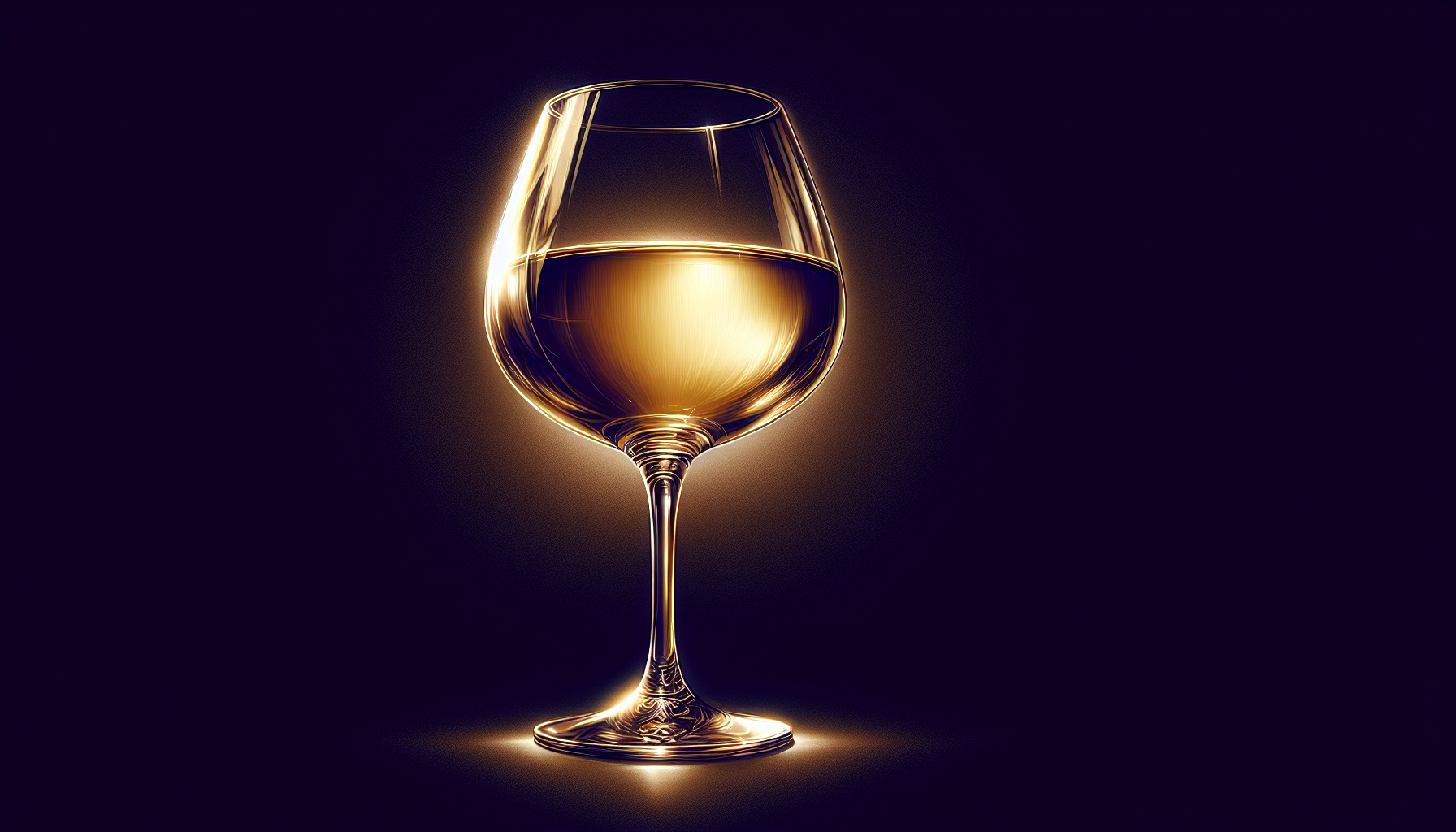
Imagine sipping on a glass of white wine and being greeted with a rich, creamy texture and a flavor profile that reminds you of melted butter, yogurt, and toasty flavors such as toasted nuts or oak. That’s a buttery wine for you.
In the world of wine, ‘buttery’ does not imply the presence of dairy butter. Rather, it describes the wine’s creamy texture and richness, which mirror the sensory experience of butter instead of its flavor.
The secret of this buttery trait is the acid conversion during the winemaking process. This conversion results in a softer and more rounded sensation on the palate, elevating the wine to a new level of complexity. Now, it’s time to immerse ourselves further into buttery chardonnays and demystify malolactic fermentation.
The Alchemy of Malolactic Fermentation
Malolactic fermentation, or MLF, as wine enthusiasts like to call it, is a secondary fermentation process that’s a key player in the world of buttery wines. This process transforms the wine’s tart malic acid into a smoother, creamier lactic acid, reminiscent of the changes in our beloved dairy products, such as milk.
This conversion, characterized by the introduction of buttery aromas, adds complexity and increases the wine’s pH, making it more palatable. The agents driving this transformation are softer lactic acid bacteria such as lactobacillus, pediococcus, and oenococcus.
While it’s common for red wines to undergo MLF, it’s also a popular process for some white wine varieties, particularly those known for a creamier profile.
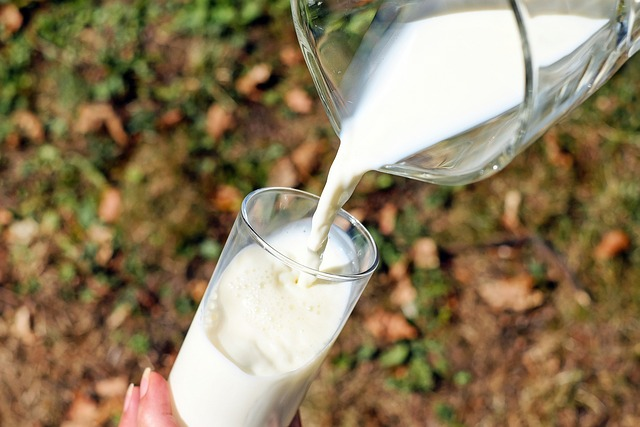
Diacetyl: The Organic Compound Behind the Buttery Flavor
So, what’s the source of that buttery aroma? Say hello to Diacetyl – an organic compound birthed from malolactic fermentation. Diacetyl is a key contributor to the almost buttery taste and aroma in wines, providing a sensory experience similar to the flavors of foods like popcorn and margarine.
During secondary fermentation, the conversion of malic acid to lactic acid produces more diacetyl itself, giving the wine its unique buttery flavor profile. Interestingly, the buttery aroma is most potent during the peak of malolactic fermentation, where the production of diacetyl by bacteria is at its highest.
The Influence of Temperature and Bacteria
Winemakers behave like alchemists, ceaselessly tweaking and steering the winemaking process to yield the desired flavors. They can enhance wine’s buttery characteristics by controlling malolactic fermentation through the strategic addition of specific bacteria. This level of precision might impress even the most discerning wine snob.
Multiple strains of MLF bacteria exist, and winemakers choose these strains based on the wine profile they aim to create. Selecting the right bacteria and carefully managing fermentation conditions allows winemakers to craft wines with a perfect balance of acidity and buttery characteristics.
Oak’s Role in Crafting Buttery Wines
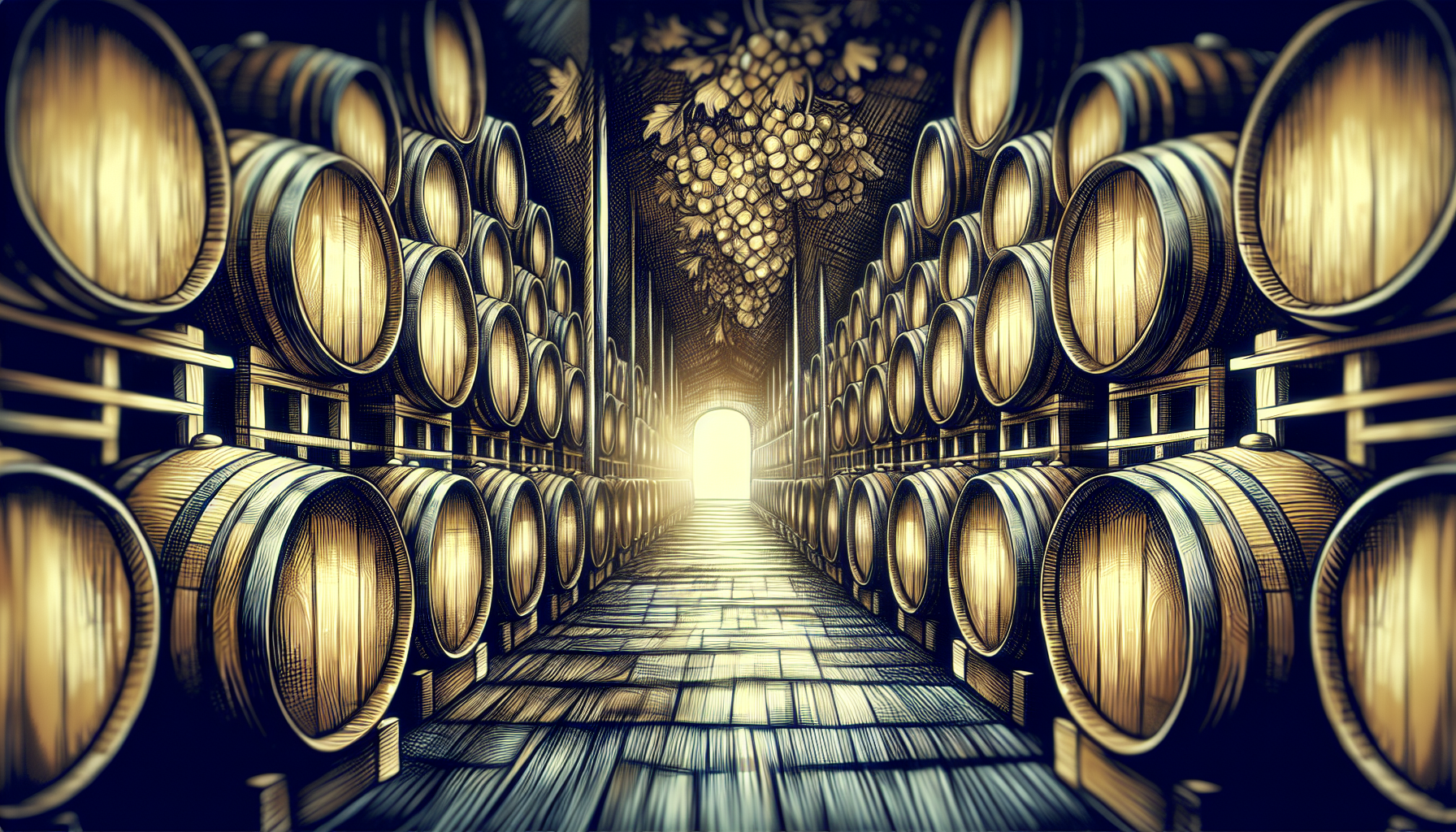
The narrative of the butter remains incomplete without acknowledging oak barrels. Oak contributes to creating these wines, bestowing soft, creamy qualities and accentuating the buttery notes emanating from malolactic fermentation.
American white oak contributes robust flavors of vanilla, coconut, and toffee to white wines, while European (French and Hungarian) oak is known for nuttier and smokier notes. The degree of toasting oak barrels affects the wine’s nuances of flavor.
For instance, new and heavily toasted American Oak barrels add woody flavors such as vanilla, coconut, and toasted almond to Chardonnay.
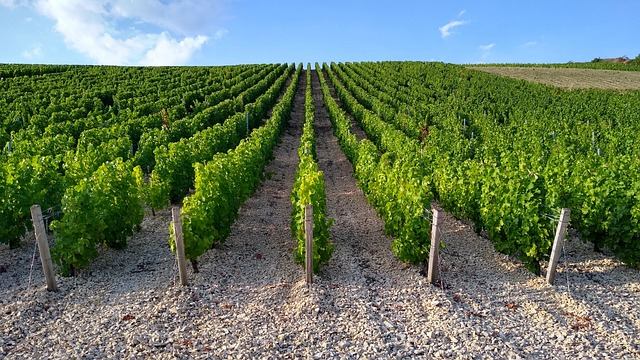
In contrast, wines like Sauvignon Blanc typically do not undergo oak barrel aging as it would mask their vibrant, fresh fruit flavors of pear, green apple, and crisp acidity.
From Grape Juice to Buttery Elixir: The Aging Process
The wine miraculously transitions from mere grape juice to a buttery elixir during the aging process. Aging wine in oak barrels can change the body and mouthfeel of Chardonnay, leading to a fuller-bodied, richer wine synonymous with a buttery characteristic.
Factors such as the size and age of the barrel, as well as the duration of the wine’s contact with the oak, are crucial in determining the intensity and type of flavors imparted to the wine. The smaller the barrel, the more pronounced the flavor impartation. Similarly, new oak barrels impart the most flavors. Some winemakers will barrel-ferment their chardonnay for a short time to eat up some of the ‘newness’ of the oak before racking into another aging vessel and refilling the barrel with red wine.
Chardonnay typically ages 6 to 9 months in oak barrels before being bottled, less than many red varieties. Due to its fuller mouthfeel, oak-aged chardonnay is either loved or hated. Many Chardonnay fans also appreciate the unoaked, non-buttery style common in sparkling wine creation.
Tasting the Richness: Identifying Buttery Notes in Wine
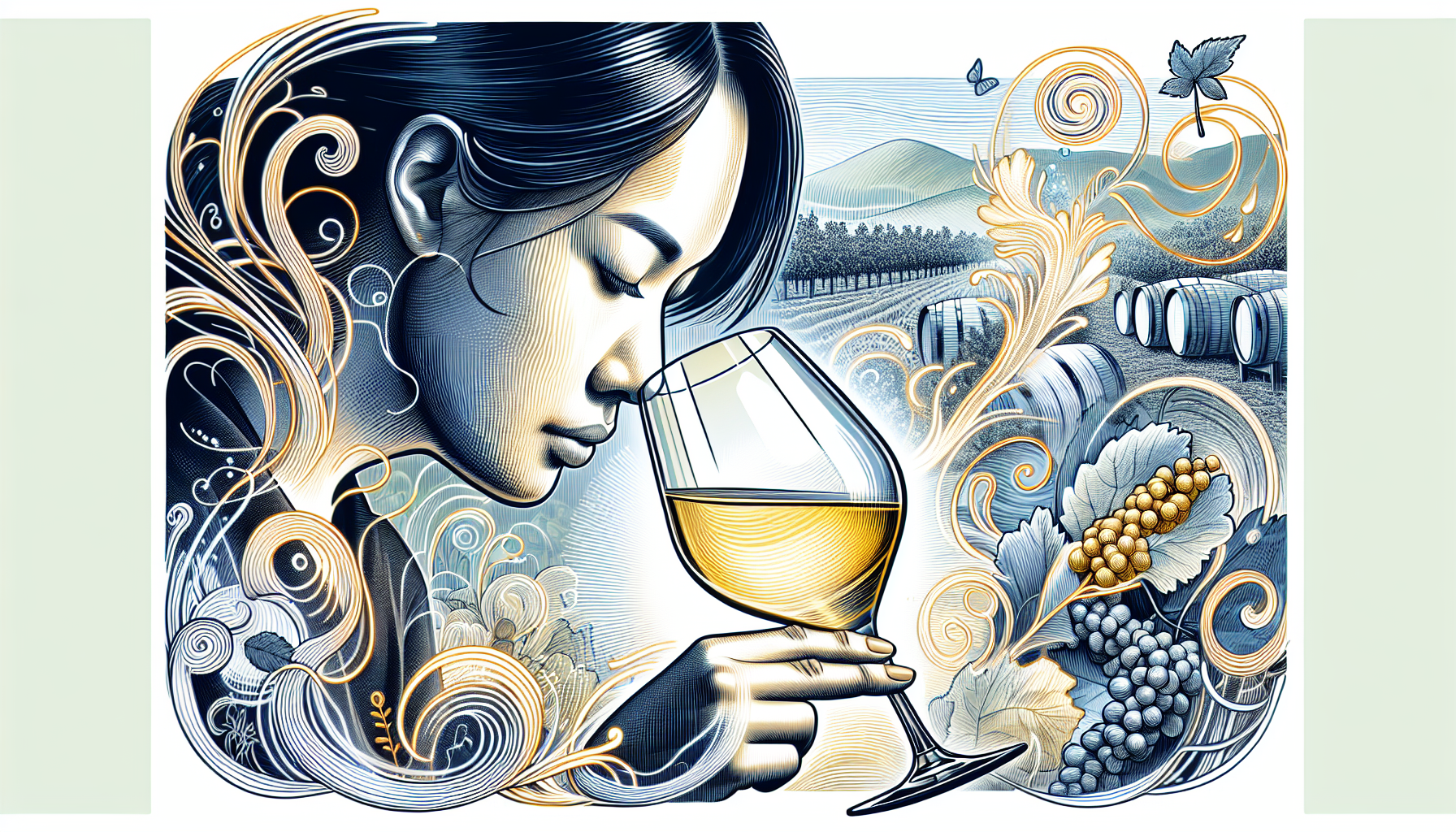
Identifiable by their distinctive aroma, texture, and flavor, buttery wine resembles a well-crafted dish. They provide a rich, creamy, buttery taste that’s reminiscent of:
melted butter
popcorn
margarine
crackers

This creates a sensory experience that may evoke the familiarity of these flavors.
These buttery notes in wines are often accompanied by a diverse spectrum of flavors, as described in the tasting notes, including:
vanilla
oak
stone fruits
apples
almonds
Winemakers can manage the intensity of these buttery flavors by blending wines from batches with varying levels of malolactic fermentation.
The Sensory Spectrum of Buttery Wines
The sensory spectrum of buttery wines is a fascinating exploration of flavors. These wines present a range of flavors that can be subtle or pronounced on the palate. The rich tapestry of flavors associated with these wines includes:
dairy
bready
butter
cream
cheese
bread
pastry
toast
autolytic characteristics

Take the example of California Chardonnays. They exhibit pronounced woody and buttery flavors, with aromas encompassing pineapple, vanilla, and ripe apple notes. Together, these flavors contribute to the sensory spectrum of the wine, offering a complex and rich tasting experience that’s nothing short of a flavor fiesta during a wine tasting.
Pairing Food with Buttery Wines

After familiarizing yourself with buttery wines’ rich, creamy domain, it’s time to discover their ideal culinary counterparts. Pairing with complementary foods can greatly enhance the richness and complexity of the wine and dish.
Imagine savoring a buttery and creamy seafood dish, such as lobster or crab, alongside an oaked Chardonnay. The richness add complexity of the dish enhances the wine’s flavor, taking the dining experience to a new level.
Moreover, creamy sauce-based chicken dishes and mushroom risotto provide a richness that complements Chardonnay’s smooth profile. Asian cuisine, specifically Thai and Vietnamese, with mild coconut-based curries, also pairs well with Chardonnay, offering a refreshing counterpoint to the wine’s warmth.

Complementary Flavors for Buttery Sips
Are you looking for specific dishes to accompany your buttery Chardonnay? Cream-based pasta like fettuccine Alfredo or carbonara balances buttery Chardonnay by harmonizing richness with the wine’s acidity. Butternut squash risotto, with its creamy texture, pairs well with oaked Chardonnay, enhancing its smoky notes.
Moreover, the soft, creamy nature of cheeses such as Brie and Camembert echoes the creamy, full-bodied nature of buttery wines, making them excellent pairings. These pairings complement each other and elevate the dining experience, making it a feast for the senses.
The Varietal Vista: Grapes Known for Buttery Qualities
Buttery wines extend beyond Chardonnay. Other grape varieties are celebrated for their buttery attributes, too. Take Viognier, for instance. This grape can yield a buttery mouthfeel and rich texture, often with a softness on the palate that tastes similar to Chardonnay. Then there’s Marsanne, which develops a creamy richness that may also express buttery characteristics when aged on lees or in oak barrels.
Some, like Merlot and Syrah, even in red wines, can exhibit buttery notes, particularly when aged in oak barrels. Certain styles of Pinot Noir, particularly those matured in oak, have been found to possess a velvety, almost butter-like texture. Regions like Napa Valley and Sonoma County in California are well known for producing buttery Chardonnays and have regions where other varietals exhibit similar qualities.
Buttery Beyond White: Red Wines with Creamy Textures
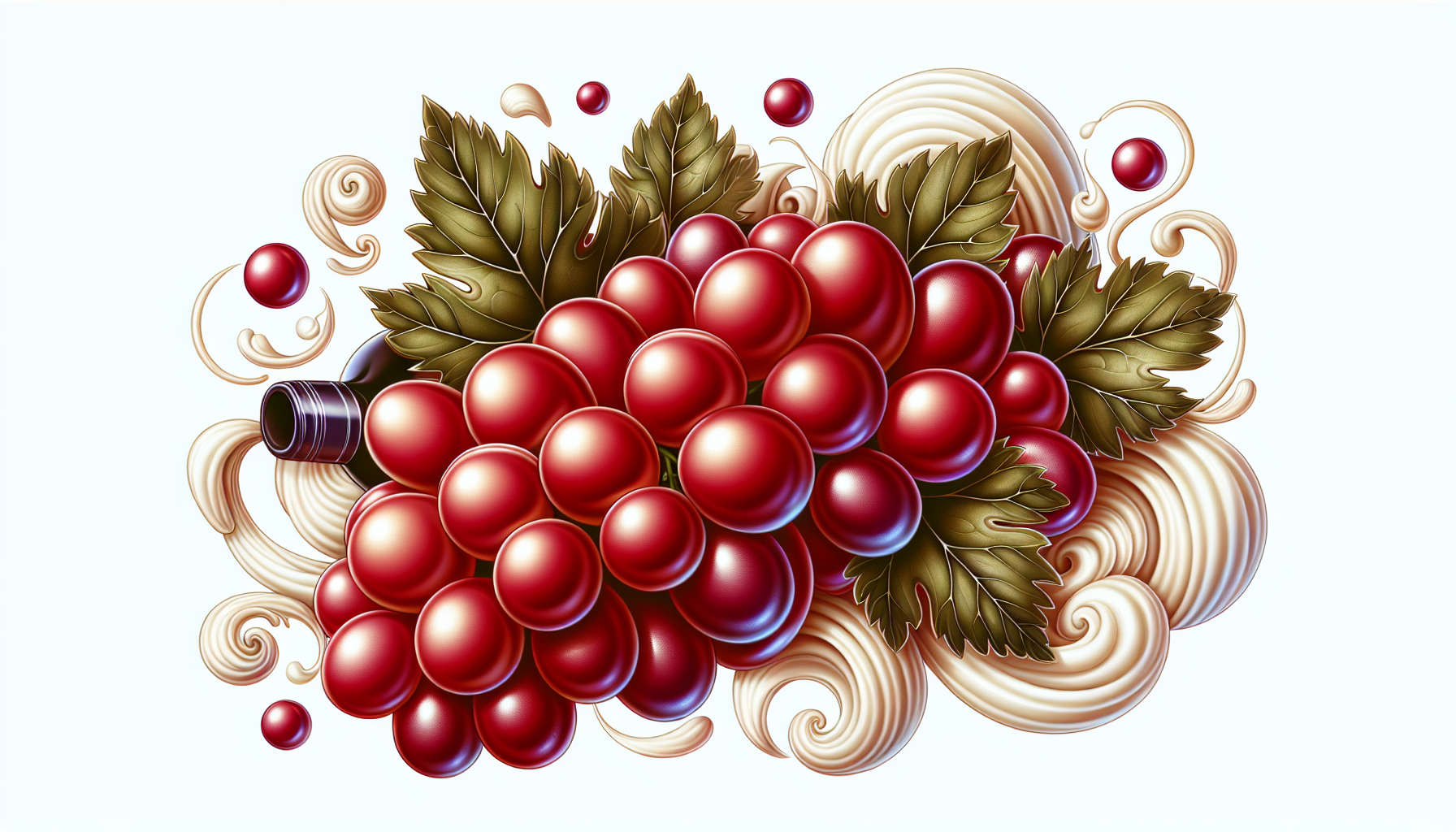
Although buttery traits are frequently linked with white wines such as Chardonnay, red wines are not bereft of this distinct characteristic. Although less frequently than whites, some red wines can exhibit buttery notes. This is influenced by the grape variety and winemaking techniques, particularly when aged in oak barrels.
Oak aging, for instance, is a key factor in developing a creamy texture in red wines like Merlot and Syrah, contributing to their buttery quality. While red wines go through MLF for stability in the winemaking process, this doesn’t significantly affect taste. However, it ensures that the wines don’t explode in your cellar, which is always good.
The Last Pour
In wine tasting, ‘buttery’ opens up a realm of rich, creamy textures and complex flavors. From the alchemy of malolactic fermentation to the subtle influences of oak aging, the creation of buttery wines is a testament to the artistry and skill of winemakers.
Whether you savor a buttery Chardonnay or discover buttery notes in a Merlot, remember that each sip celebrates the complex processes and unique characteristics that bring these wines to your table.
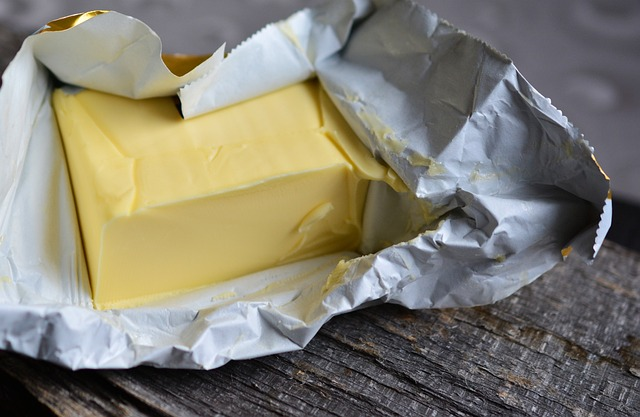
Frequently Asked Questions
What makes wine taste like butter and cream?
Bacteria in wine release a compound called Diacetyl, which gives it a buttery/creamy taste and aroma. This happens during malolactic fermentation, which converts tart malic acid into softer, creamier lactic acid.
Why is Chardonnay called buttery?
Chardonnay is called buttery because of the high levels of lactic acid from malolactic fermentation, which gives it a thicker texture than most white wines. The process creates this characteristic.
Is there actual butter in buttery wines?
Nope, “buttery” in wines describes the creamy texture and rich flavor, not butter flavor from actual dairy butter. So no, there’s no butter in buttery wines.
What is malolactic fermentation?
Malolactic fermentation is a process in winemaking where tart malic acid transforms into a softer lactic acid, giving wines a buttery aroma and flavor.
Why are oak barrels used in the winemaking process?
Oak barrels are used in winemaking to impart soft, creamy qualities and enhance buttery notes. This contributes to a more velvety texture in the wine, which creates a richer and more complex flavor profile.


![What is Trento DOC Sparkling Wine? [WSET2 Reviewed]](https://grapeandbarrel.com/wp-content/uploads/2024/04/0oflrry-rim1712673478-768x432.jpg)



